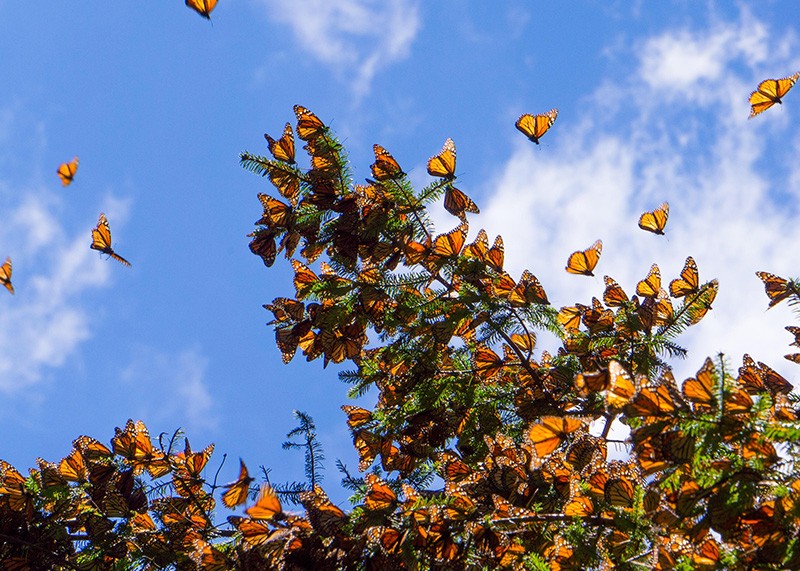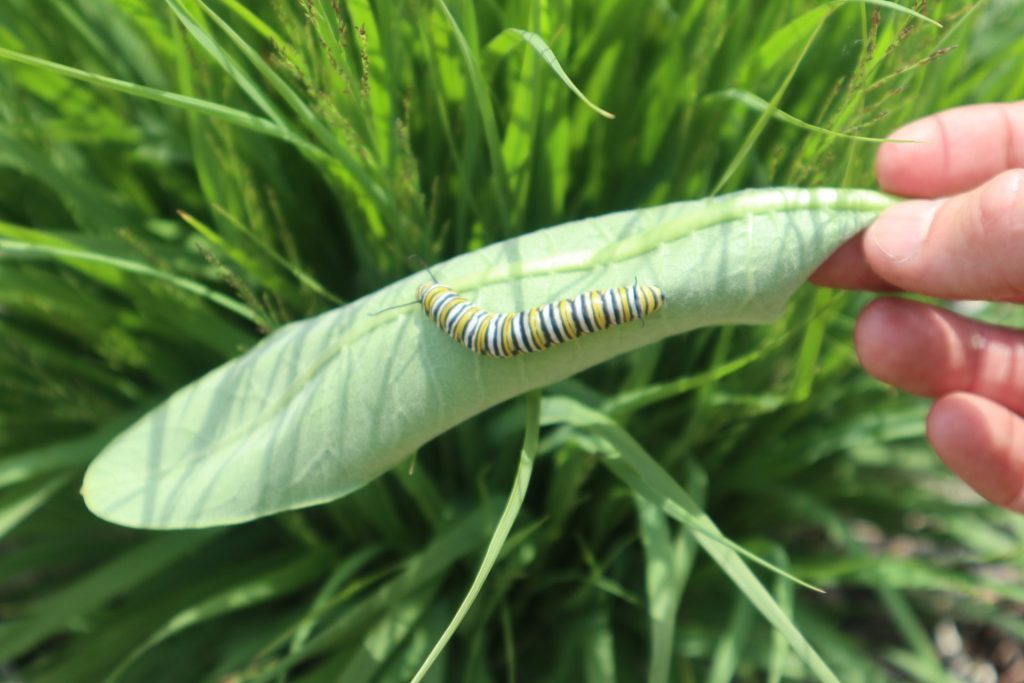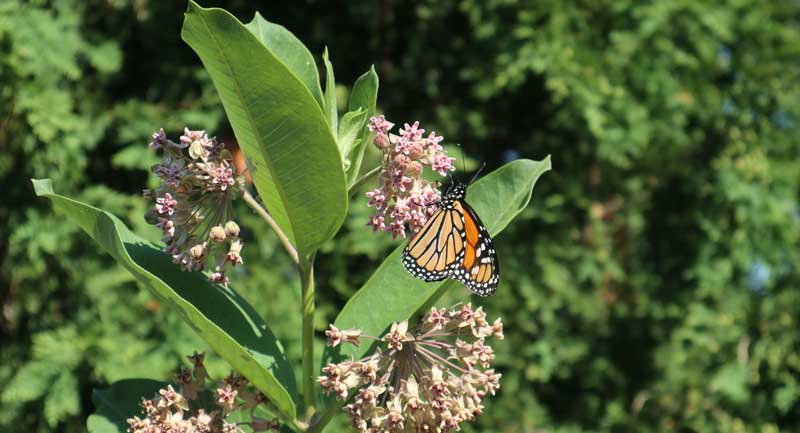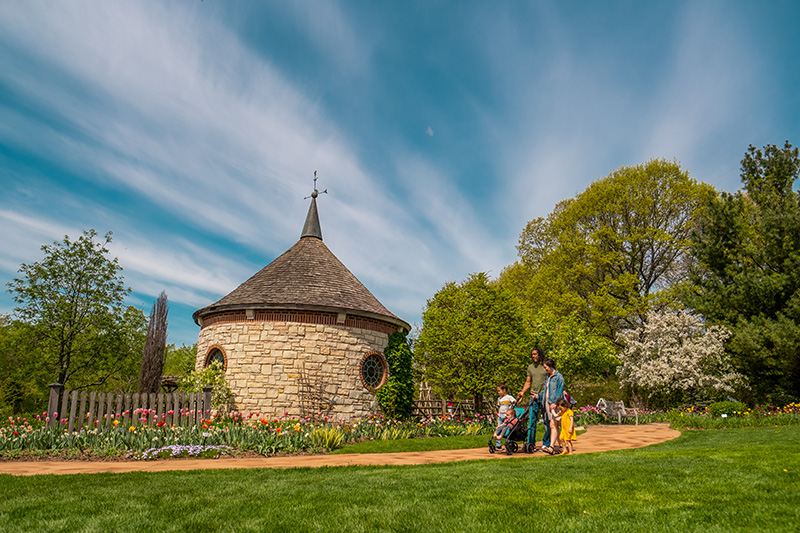No migration compares to that of the small, black and orange creature you see fluttering through your neighborhood in summer.
When you think about migration, you might describe how birds fly south for the winter and return when temperatures warm up again. For a monarch, migration is much more complex and requires multiple generations to complete its journey, including one very special generation known as the super generation.
The monarch is the only butterfly known to make a two-way migration like birds typically do. Monarch larvae, pupae, and adults can’t survive cold temperatures so they fly as far as 3,000 miles to reach a habitable climate for the winter months.


As you can imagine, this journey is no easy task for the monarch who weighs less than a gram and has a wingspan of just 3 to 4 inches. Nevertheless, these tiny creatures travel up to 50 miles a day, flying as high as one mile in the sky… Incredible!
Take a closer look at the migration of the monarch butterfly and you may never look at them the same way again!
WINTER HOLIDAY IN MEXICO
The super generation of monarchs overwinters in the mountain ranges of Central Mexico, a location that offers the perfect climate. The humidity of this area keeps them from drying out and helps conserve their energy.
From October to late March, several hundred thousands of monarchs gather in the towering treetops of the oyamel fir forests. They return to these same mountain ranges each year, creating one of the most astonishing sights you will ever see.


Monarchs live off stored energy for several months until their internal seasonal clock tells them it’s time to leave.
PREPARING TO JOURNEY NORTH
Once a monarch’s internal clock tells them it’s time to head north, they begin releasing a certain hormone and they become reproductive. At this time, female monarchs lay their eggs and soon every butterfly that survived the winter dies.


Eventually these eggs hatch into a typical adult monarch and they begin to fly north. Regular generations of monarchs only live 2-6 weeks so it often takes 4-5 generations of monarchs to make the trip north.
THE ULTIMATE RELAY TEAM
What makes the monarch migration so unique is that it requires an intergenerational relay team to complete its annual migration to Mexico.
During the migration north, the monarch flies, mates, lays eggs, and ultimately dies as it passes the baton to the next generation. It’s up to their children and grandchildren to continue the journey.
By August, third or fourth generations of monarchs will reach their northernmost destination in the United States and Canada, including Wisconsin! Then as late summer arrives, shorter days and cooler temperatures cue the female monarch to lay a special egg.
SUPER GENERATION IS BORN
These caterpillars grow up to be very different from previous generations. The absence of an age inducing hormone will allow them to live 8 times longer and fly 10 times farther than their parents and great-grandparents.


Now it’s up to this super generation of monarchs to make the trip from northernmost parts of North America to Central Mexico.
So how does a butterfly who was born in northern parts of North America know how to navigate all the way to a place it’s never been before?
TINY NAVIGATION SYSTEMS
In order to navigate the long journey to Mexico, monarchs use the tiny solar compasses in their pin-sized brains.
Monarchs navigate by reading the horizontal position of the sun and by using an internal clock. Since monarchs don’t carry a wrist watch, they rely on their small antennae to tell them what time of day it is. Factoring both the location of the sun in the sky and the time on their antennae clock, monarchs can point themselves in the right direction. On cloudy days the monarch’s eyes have special cells that can find the sun using polarized light.
The super generation completes the longest ‘leg’ of the relay by mid to late November and overwinter in the mountains of Central Mexico.
FEASTING ON MILKWEED


Milkweed is essential to the survival of monarchs. Female monarchs lay eggs on milkweed plants and monarch caterpillars feed on milkweed. In fact, milkweed is the only thing caterpillars eat, and they eat a lot of it!
Monarch caterpillars eat and eat until they grow so much they shed their skin. They’ll do this 4 to 5 times before cozying up in their chrysalises.
Support monarch populations and their magnificent migration by planting milkweed! Don’t know what to plant in your region? Check out this helpful handout for information about selecting and finding milkweed plants for your garden or landscape.
Want to learn more about how you can help support monarchs? Check out these resources:
Sources







